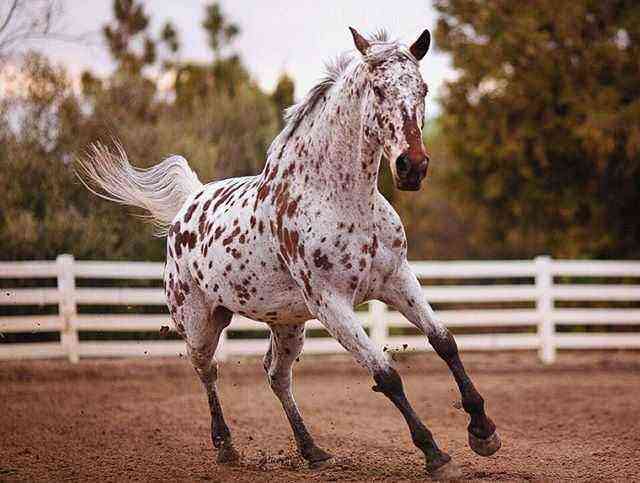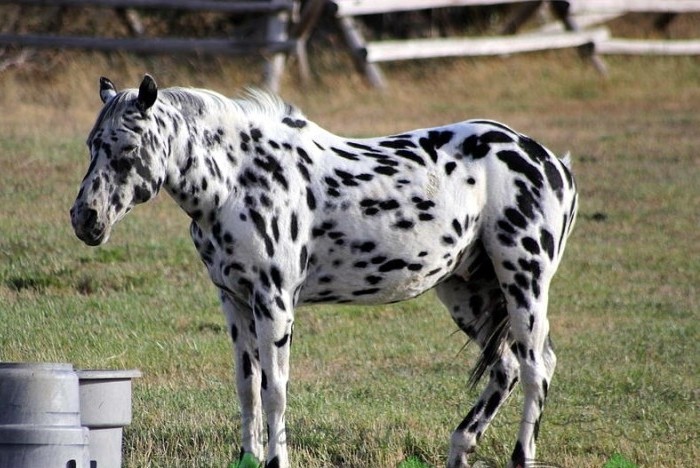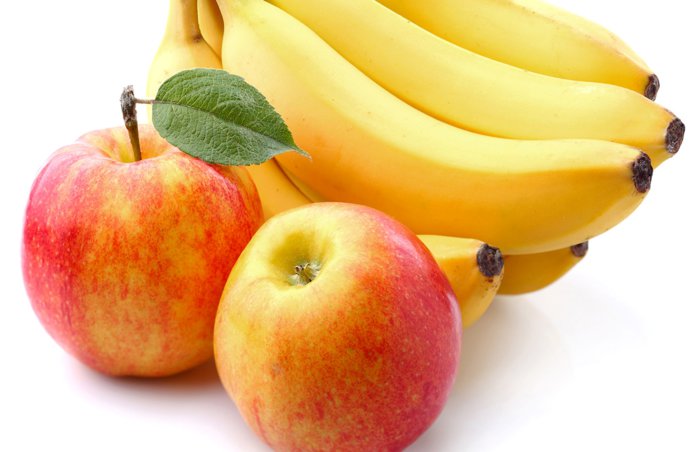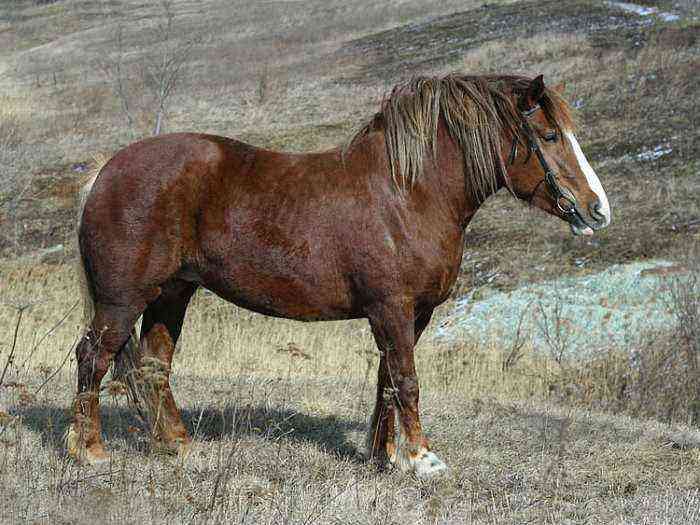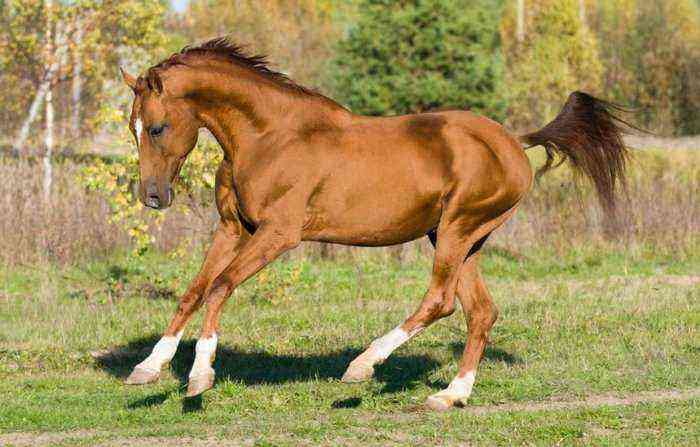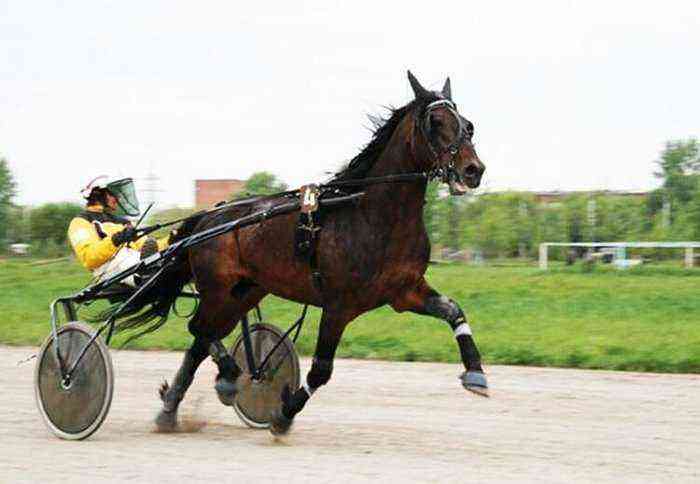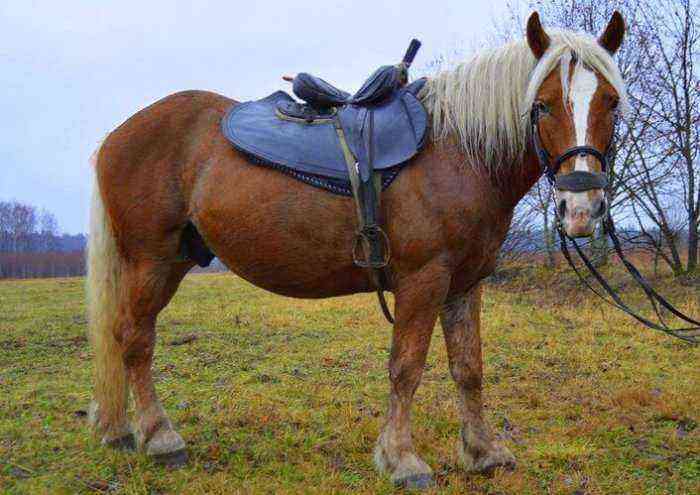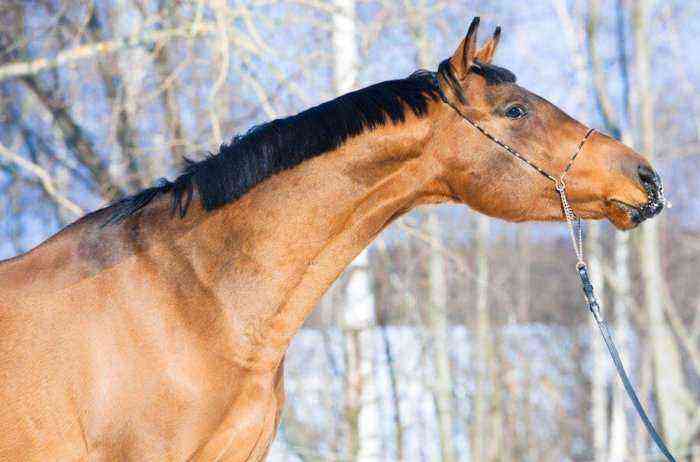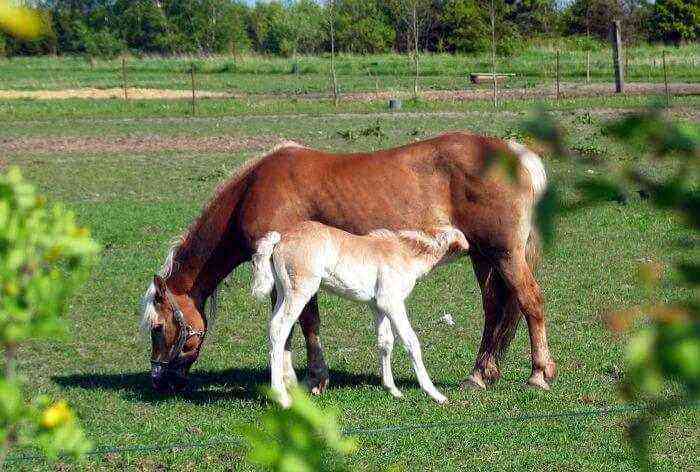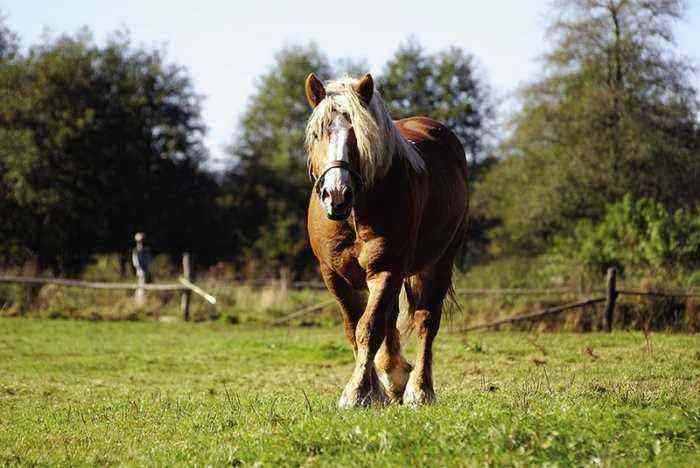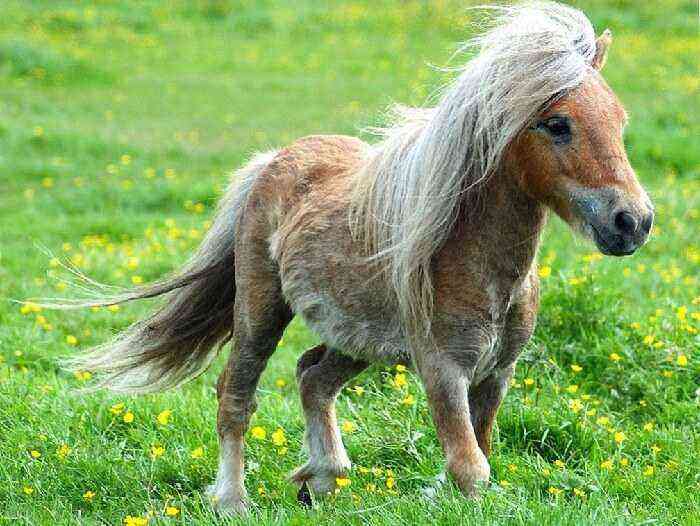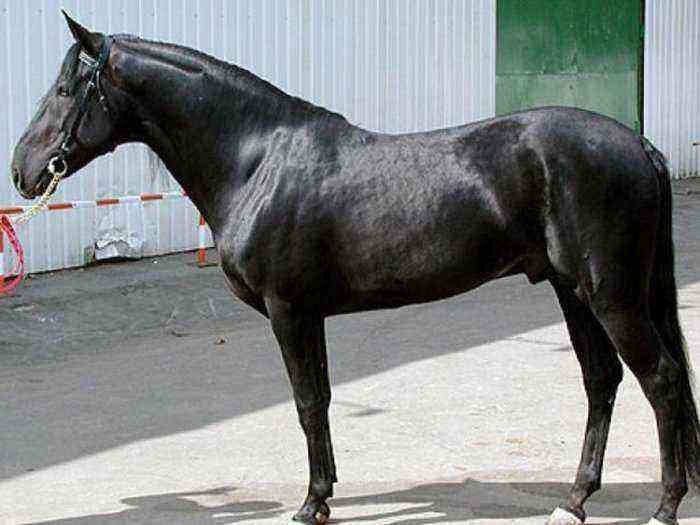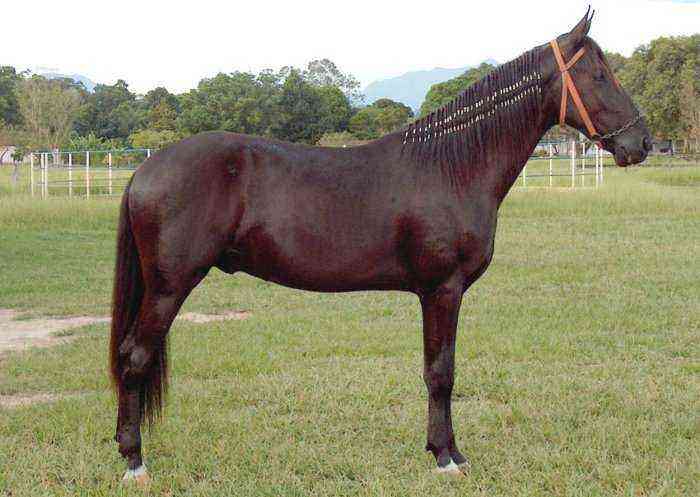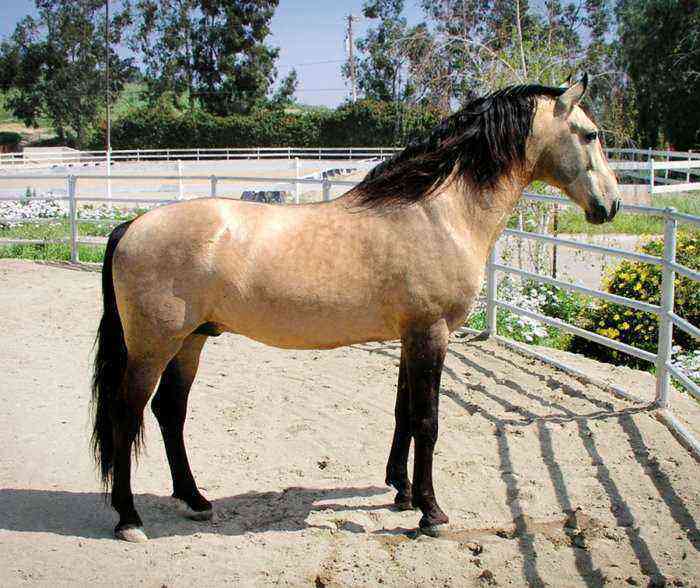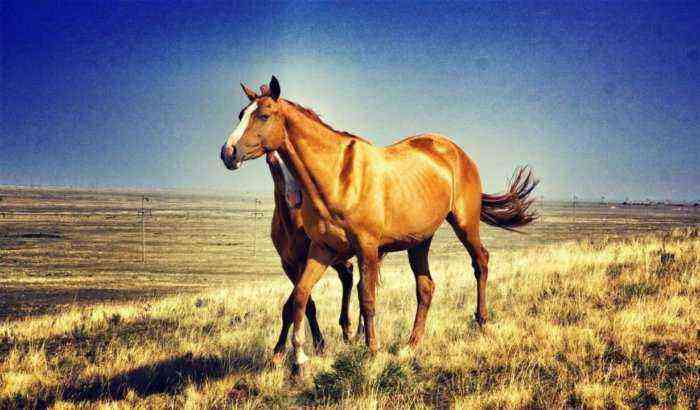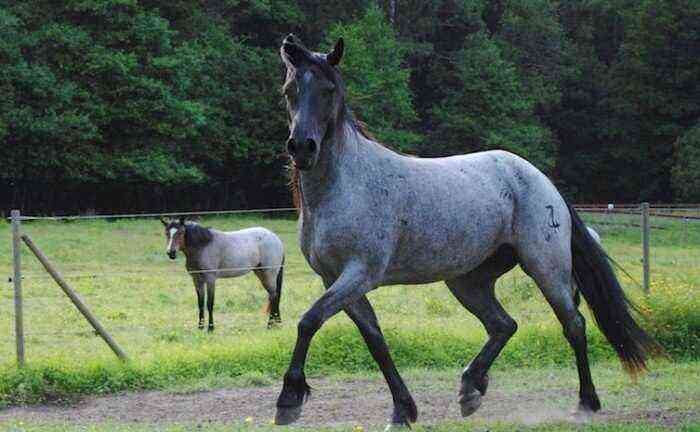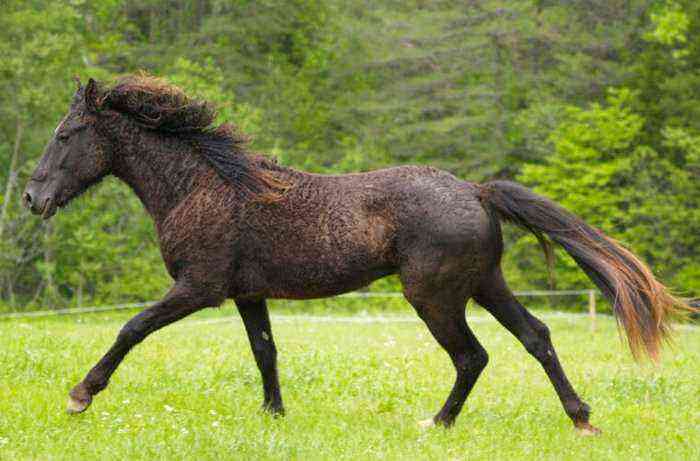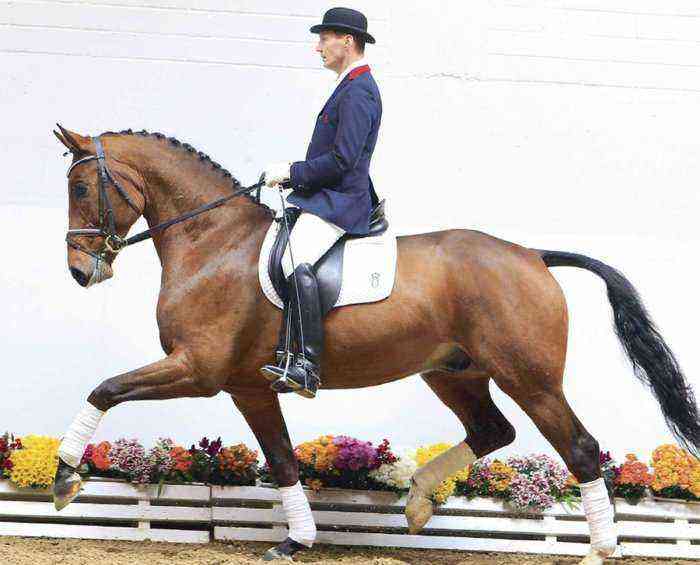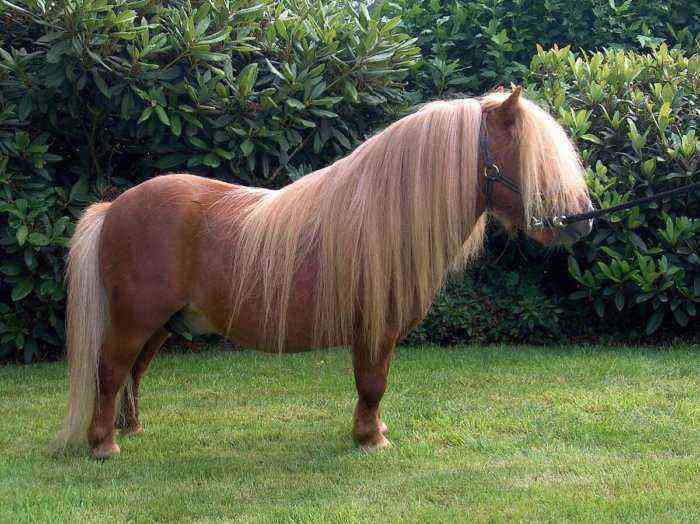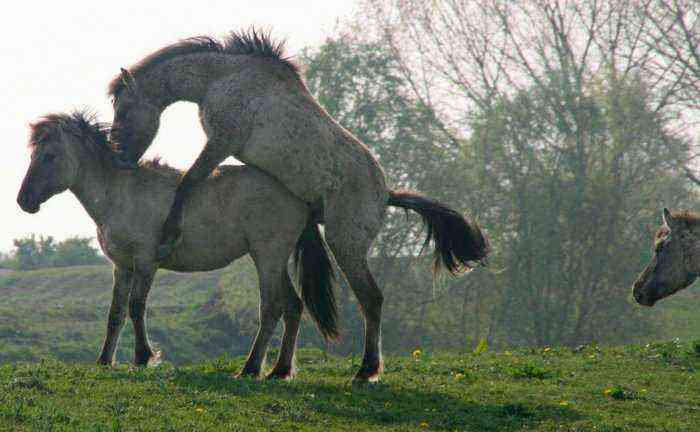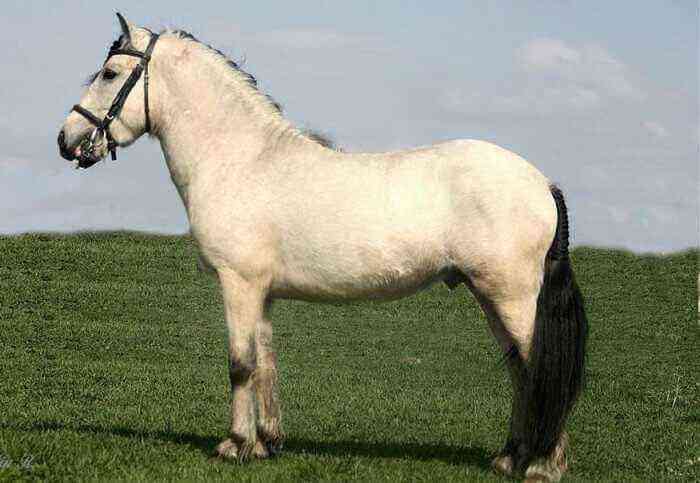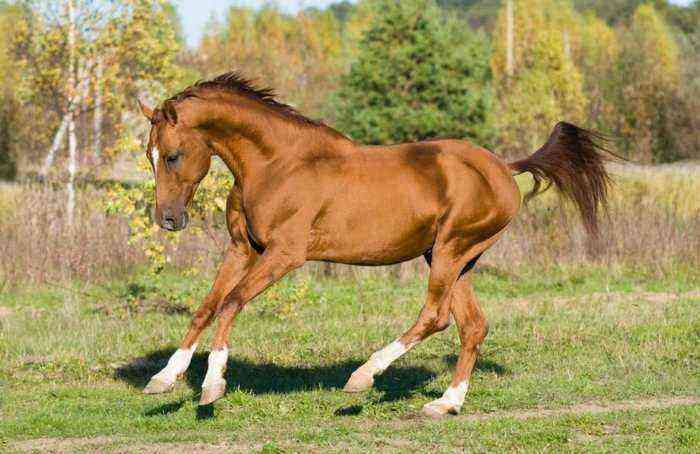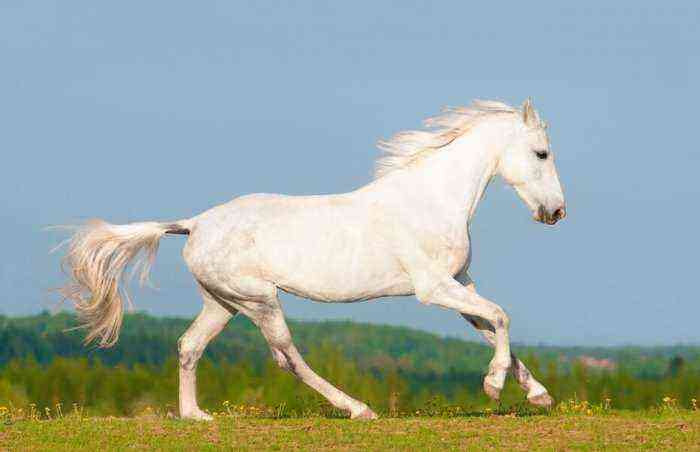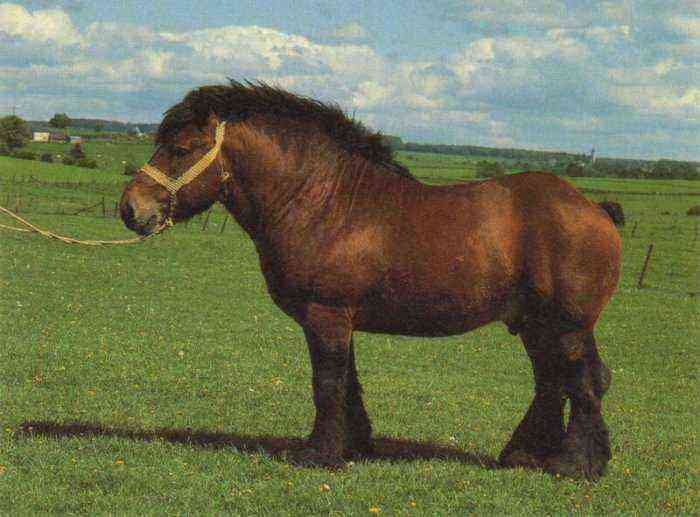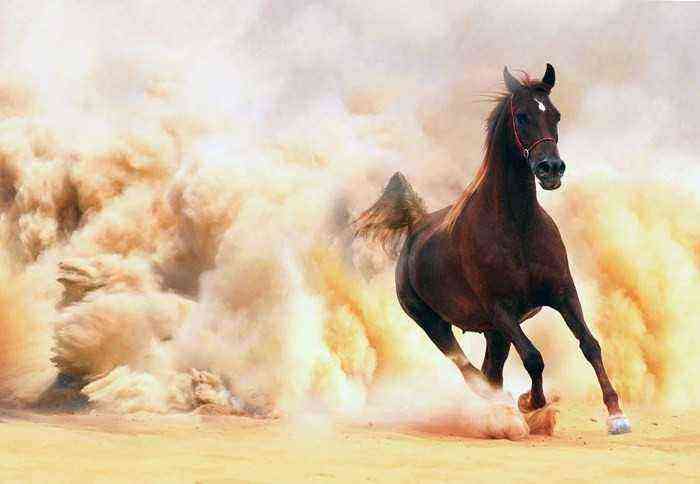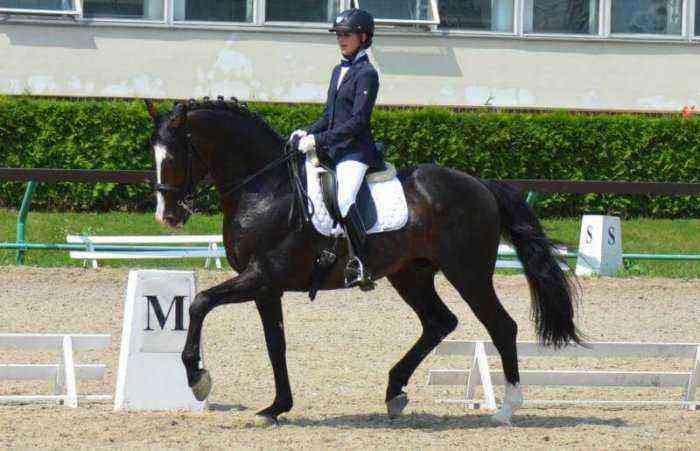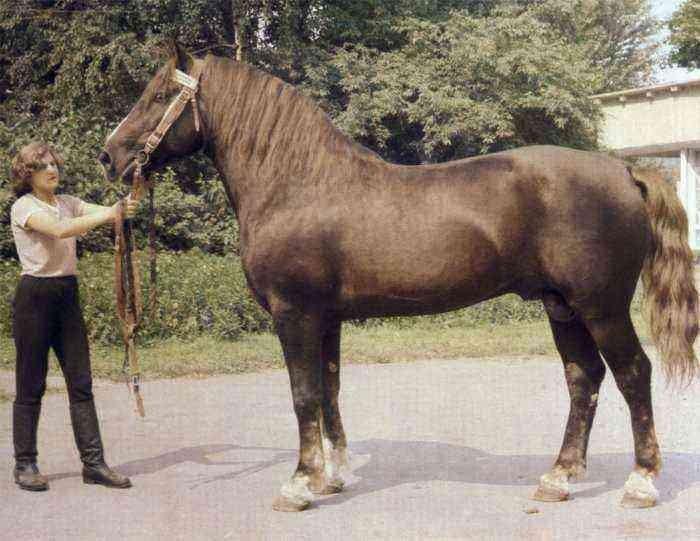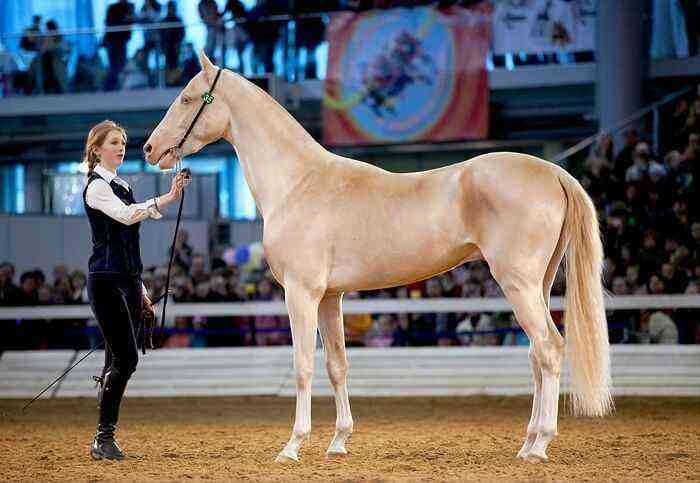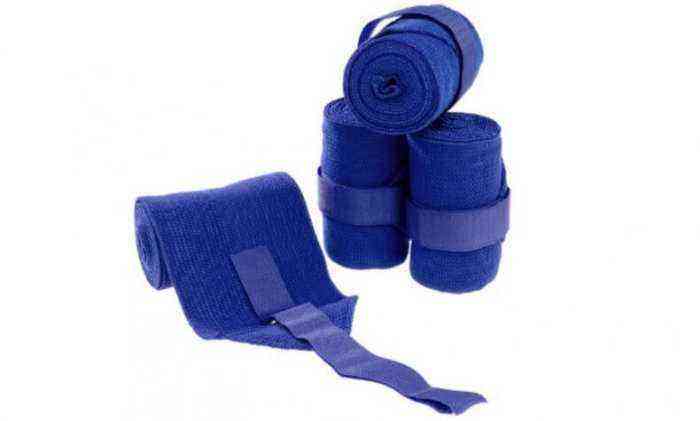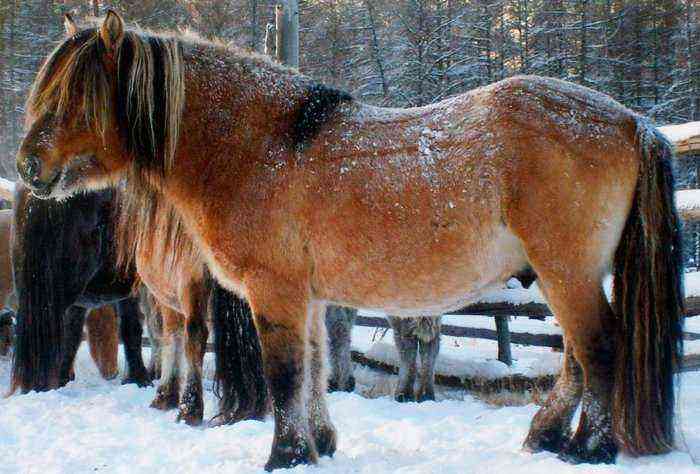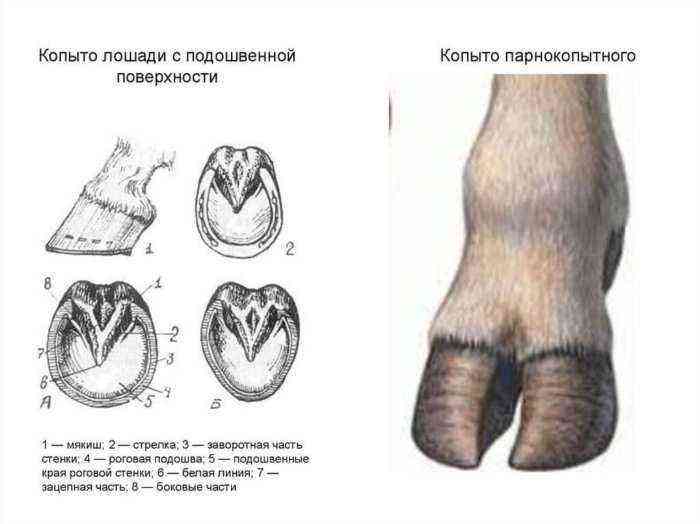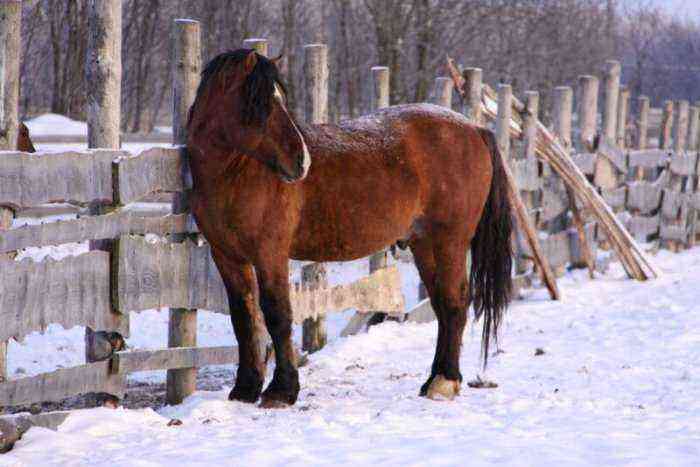Each breed line of horses suggests one or more characteristic colors. At the same time, black, white, brown color is no longer surprising. But against their background, the horses of the chubar suit clearly stand out. The unique spotted coloring of such animals ensured their high popularity among domestic and foreign horse breeders. They are quite frequent guests of exhibitions, circus shows, and various festive events.
Chubara horse
History
It is believed that spotted horses first appeared on the territory of Central Asia. Various sources indicate that such animals were actively bred in Mongolia, Kazakhstan, and China. Moreover, in each of these states they were especially revered. And in Kazakhstan, the chubar color of horses was considered sacred at all.
Spotted foals first appeared after crossing a Frederiksborg stallion with a mare named Flebenhoppen. It is not known for certain which breed line she belonged to. It also remains a mystery what color the animal was. The color of the stallion was nightingale. As a result of such crossing, a cub was born with a spotted color and a metallic sheen of fur.
Further selection allowed breeders to significantly expand the original list of shades of this suit. In addition, today the concept of “horse of a chubar suit” includes several different breed lines at once, which are united by a similar color pattern.
Characteristic features and description
Despite the fact that there are several varieties of horses with a chubar suit, they all have common characteristics. These include:
- Thin skin with pronounced oval or round spots. They can be located throughout the body of the animal or on its individual parts. Large spots are most often located on the back and sides of the horse. The head and neck are covered with small ones.
- White or pink sclera of the eye.
- Hooves trimmed with white stripes.
Such nuances of the animal’s appearance appear either all together or in separate moments. The final color of a particular individual is formed by 3-5 years of age. Prior to this, the spots can move along the body of the stallion or partially disappear.
Appearance of a chubar horse
Also, for most breeds of horses of a chubar suit, the following features of the exterior are characteristic:
- small dimensions (the height of an adult stallion at the withers, as a rule, does not exceed 156 cm);
- graceful physique;
- developed chest;
- strong croup with developed muscle mass and veins;
- small head;
- short neck with a graceful bend;
- developed muscles of the thighs, which complements the long, dry legs of the animal;
- strong hooves;
- thin skin.
The mane and tail of the chubar breeds consist of long or medium silky hair.
As for the character, it also depends on the specific breed of horse. For the most part, such animals are distinguished by a complaisant, calm disposition and intelligence. They quickly memorize commands during training and unquestioningly listen to the owner.
Shades of chubar suit
As already noted, the chubar color is not a specific suit, but a broader concept. It includes several different shades at once, the list of which is constantly updated. The main existing colors of the animal include the following:
- Savrasaya. In such a horse, the main color is uneven brown or light red. Dark stripes and spots are traced in the croup area. On top of this tone, white spots are arranged in a chaotic manner. In this case, the mane and often the legs of the horse are black.
- Karakova. This coloring suggests a completely black color of the body and limbs of the horse, on which bright brown spots appear in the groin and lips. Also, a brown line in some cases is located along the back. The picture is complemented by a glossy sheen of wool.
- Black-backed. In this case, the main color of the horse is black or brown (of different shades). It is complemented by an extensive white spot on the loins and croup, with or without spots. White spots also often appear on the stallion’s forehead and limbs.
- Bulanaya. This shade suggests the prevalence of bronze or gold in color. Only the legs, tail and mane of the animal are black. Often, the monotony of the body color of buckskins is broken by small round spots of a lighter shade.
- Leopard. A similar color also applies to the chubar suit. Horses with this coloring look extremely unusual and always attract attention. The suit of the leopard suggests the presence of large and small black oval spots on the completely snow-white hair of the animal. With its coloring, such living creatures resemble Dalmatian dogs.
- Marble. The main tone is light, most often gray. It is complemented by a black head, limbs and dark uniform stains throughout the body.
- Pegaya. In such animals, against the background of the dominant brown, black or gray color, large white spots of irregular shape stand out. They appear due to the partial albinism of the stallion. Spots can be located all over the body.
Chubary color
It is worth noting that the piebald chubar suit also has several varieties. One of them is frame overo. In representatives of this color, spots caused by albinism occupy the main part of the body, limbs, neck, and head. At the same time, the main color of the horse’s coat only outlines the white color along the contour of the back of the withers and neck.
The color of the sabino is dominated by gray. At the same time, the head and legs of the horse are completely white. Also, small white spots appear all over the body.
The coloration of the tobiano suggests an approximately even distribution of beige and white spots on the horse’s body. In the neck and head area, the color acquires darker tones.
There are also a number of other types of such horses. For example, glossy roan or snow flakes, trout. At the same time, the list of such colors is gradually growing.
Breeding spotted horses
It is quite difficult to breed horses of a chubar suit, especially for inexperienced horse breeders. To obtain offspring with this color, it is necessary to carefully select horses for crossing. Moreover, a number of factors are taken into account, including the color of the stallion and mare intended for crossing, their pedigree, heredity features studied on the basis of previous offspring.
There are a number of breeds in which the chubar color in the litter is more common. These include:
- appaloise;
- flabella;
- Altai.
When crossing pinto horses of the same breed, the likelihood of getting spotted foals also increases significantly. If a homozygous blond mare and a stallion of the same breed are used in the crossing process, then the probability that all offspring will also be spotted is close to 100%. But at the same time, the number of spots on the body of the young will be minimal.
Crossbreeding consequences
In the case of mating a chubar stallion and a non-chubar mare (also homozygous), either all the offspring will be spotted, or half of it.
When crossing chubarny parents of the heterozygous type, the next generation will be divided as follows:
- spotted foals with a large number of spots – no more than 50%;
- babies with minimal spotting – about 25%;
- non-human – 25%.
It is also worth noting that it is not possible to bring out individual shades of the brindle type on your own. The dominant gene is not passed on to their offspring.
Feeding and maintenance
For the most part, chubar horses are distinguished by good health and endurance. They quickly adapt to new breeding conditions. But still, in order to prevent some diseases and always keep the animal in good shape, it is necessary to adhere to certain moments of keeping and feeding such living creatures.
Conditions of detention
When breeding any pet, the observance of the basic points of hygiene, care and provision of proper conditions are the key to its good health and working qualities. For horses in this regard, one of the most important aspects is the proper organization of the place of detention. In this case, it is important to consider:
- Quality lighting. The windows in the stable should be positioned so that the animals receive the maximum amount of natural light, but do not overheat in the summer. For artificial lighting, it is important to choose the right lamp so that it does not shine too brightly.
- ventilation. For large stables, complex systems will be needed; in a small stall, natural ventilation will be enough.
- Soft pad. In individual pens, a layer of clean straw or sawdust should be prepared.
- Drinkers in each separate stall for the horse.
Attention! Additionally, care should be taken to vaccinate animals against equine flu, tetanus, rabies and other diseases. It is also important to adhere to a schedule for periodically cleaning and disinfecting the stable.
Feeding
The feed for such horses includes:
- hay or grass (clover or timothy will do);
- grain of oats, barley or wheat;
- vegetables;
- root crops (potatoes, carrots and beets).
Bananas and apples
The main diet can be diluted with fruits. Such living creatures eat apples and bananas with pleasure. Also, cake or molasses can be introduced as feed additives. If desired, the menu is supplemented with vitamins.
Important! Horses should be fed often, but in small portions. Before serving, all food is carefully checked for rot or mold. It is also important to take care of a sufficient amount of clean drinking water.
Application
Horses of this suit are universal. Endurance and strong physique allows them to be used for heavy work on farms. The speed, maneuverability and jumping ability of such animals ensured their popularity in equestrian sports. They are often put up for competitions in driving, show jumping, rodeo, running, harness riding.
The appearance of the horses was not left without attention. Thanks to her, such horses are often attracted to various exhibitions, shows, and festive events. Also, spotted horses can often be found in the circus.
Chubary color in horses is relatively rare. In addition, it is extremely difficult to breed such horses in a personal household. Therefore, these animals are valued much higher than stallions and mares of standard colors. Obviously, care for such living creatures must be appropriate in order to preserve and increase such a rare species.
